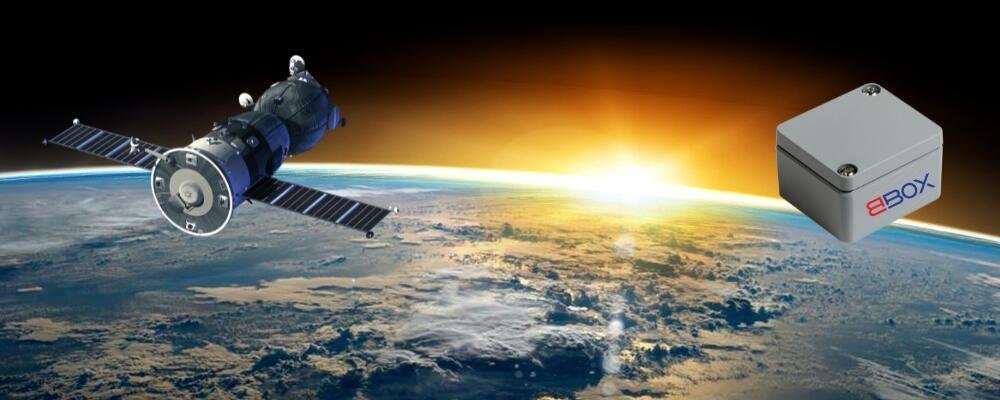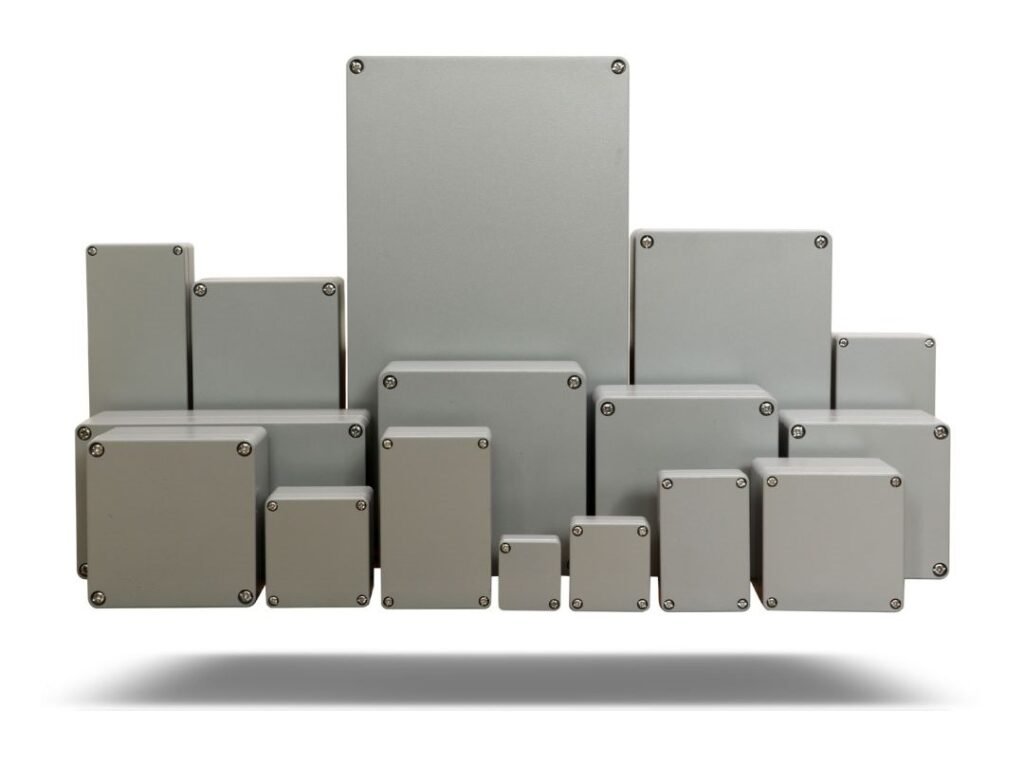
Satellite technology has come a long way, It started off with simple communication systems, and now we've got these super complex devices that can even do planetary exploration and deep-space missions. One thing that doesn't get enough credit is the aluminum enclosures. These enclosures house critical satellite components, providing protection, thermal management, and structural support. In this post, we’ll explore how aluminum enclosures have evolved and played a key role in the advancement of satellite technology.
1. Early Satellite Designs – Heavy, Bulky, and Limited
In the early days of satellite development, enclosures were made from heavier metals like steel or titanium. These materials were strong but added a lot of weight, making it expensive to launch satellites into space. Aluminum, a lightweight and highly durable material, soon became a game-changer in the aerospace industry. Engineers started using aluminum enclosures , which cut down the weight of satellites without sacrificing strength. This made room for more advanced instruments and payloads, pushing satellite technology forward.
2. Improving Durability and Structural Integrity
Satellites operate in extreme environments: from the intense vibrations of a launch to the vacuum of space and drastic temperature fluctuations. Aerospace-grade aluminium alloys have made these enclosures even more reliable in harsh space conditions. Modern satellites also use high-precision aluminium fabrication techniques to enhance their structural integrity.
3. Miniaturization and the Rise of CubeSats
As satellite technology has become more advanced, there’s a move toward making satellites smaller, especially with CubeSats and small satellite constellations. These small satellites often rely on lightweight, compact, and efficient aluminium enclosures.
These miniaturized enclosures need to be carefully designed to protect sensitive components while maximizing payload space. The compact form factor, combined with aluminium’s ability to resist both corrosion and extreme temperatures, makes it the material of choice for the next generation of small satellite designs.
4. Future Trends
Looking ahead, the next step in the evolution of aluminium enclosures may include the development of advanced coatings that further improve durability and performance. These coatings can provide additional radiation shielding, which is very important as we send more satellites into deep space. Also, using light weighting techniques like honeycomb structures and thinner walls is catching on. This helps reduce the weight, making room for more complex payloads and helping satellites launch with less fuel.
Aluminium enclosures have been a game-changer for satellite technology. From the early bulky designs to the lightweight, high-performance enclosures used in today’s CubeSats and deep-space missions, aluminium has proven itself as the go-to material. With continual innovation in aluminium enclosure design, we can expect even more exciting developments in satellite technology in the years to come.
Aluminum Enclosures Key FAQ's
Aluminum enclosures are lightweight, corrosion-resistant, and provide excellent thermal conductivity, making them ideal for protecting sensitive satellite components in space.
Aluminum enclosures shield satellite components from radiation, extreme temperatures, and mechanical impacts, while also ensuring electromagnetic interference (EMI) protection.
Yes, aluminum enclosures are highly durable, capable of withstanding the harsh space environment, including extreme temperatures, vacuum conditions, and cosmic radiation.
Aluminum has excellent thermal conductivity, allowing it to dissipate heat effectively, preventing overheating of sensitive electronic components in satellites.
Yes, aluminum enclosures can be custom-designed to fit specific satellite dimensions and requirements, including mounting points, connector access, and thermal management features.
Aluminum is lightweight yet strong, which helps reduce the overall mass of the satellite, crucial for optimizing payload capacity and reducing launch costs.
Aluminum is lightweight yet strong, which helps reduce the overall mass of the satellite, crucial for optimizing payload capacity and reducing launch costs.
While aluminum offers some radiation shielding, additional layers or materials may be combined with the enclosure to enhance protection from cosmic and solar radiation.
Aluminum enclosures provide effective electromagnetic interference (EMI) shielding, ensuring that sensitive satellite electronics are not disrupted by external or internal signals.





